Tag:flocks of birds
The sulphur-crested cockatoo is one of the largest of several species of beautiful white cockatoos. They are huge birds, spectacular in appearance, gregarious, brilliant, long-lived, and noisy with a strident, screeching call.
Habitat
They are native to eastern Australia, New Guinea, Indonesia, and New Zealand, living along the edges of tropical and subtropical rainforests. However, they are also a familiar sight in urban areas. In some parts of Australia, the cockatoo is so plentiful that people consider it a pest. Their preferred diet is berries, seeds, nuts, and roots; however, they have also been known to eat cereal and fruit crops, young tree saplings, window frames and strip wood off a deck in urban areas. They caused $50,000 worth of damage to the roof of the National Herbarium in NSW and, in another case, $80,000 in damage to broadband network cables. However, much of the fault for the damage results from their habitat being stripped from them by urban development.
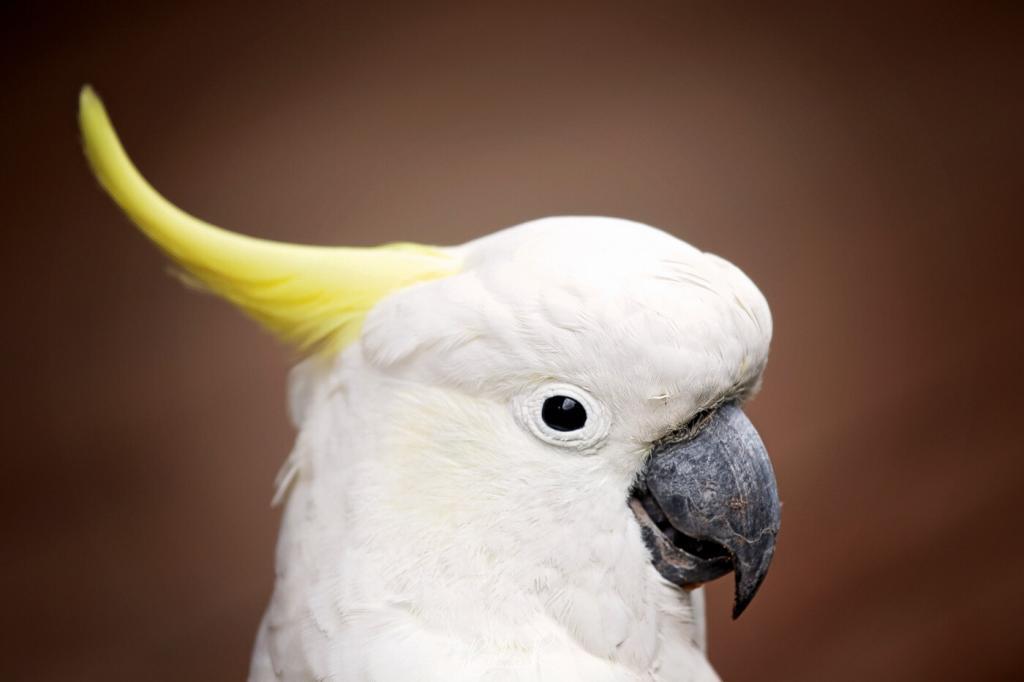
The term “clever cockie” doesn’t come out of nowhere. “They’re comparable to a chimpanzee in intelligence,”
Gisela Kaplan of the University of New England
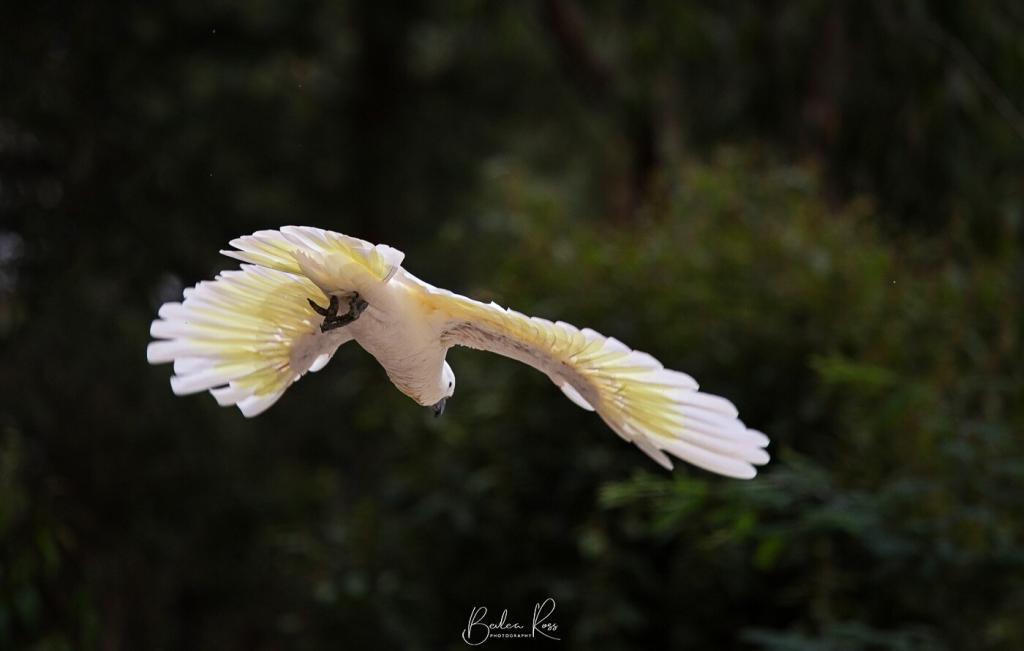
Appearance
Sulphur-crested cockatoos weigh up to 950g, and their bodies measure 44 – 51cm long. They have a wingspan of 103cm across and are primarily white with a beautiful crest of yellow feathers on top of their heads and a yellow wash on the underside of their wings. When agitated, excited or upon landing, the crest is fully raised. When they are at rest or unwell, the crest is flattened against their head. Their beak is black but appears grey due to the white dust used to groom its feathers. A bird with a shiny black beak is generally unwell. The sexes look similar, although the female can be has a reddish-brown eye, while the male’s eyes are darker brown or black. This distinction does not become apparent until the bird has reached maturity, which varies between 3 to 5 years of age.
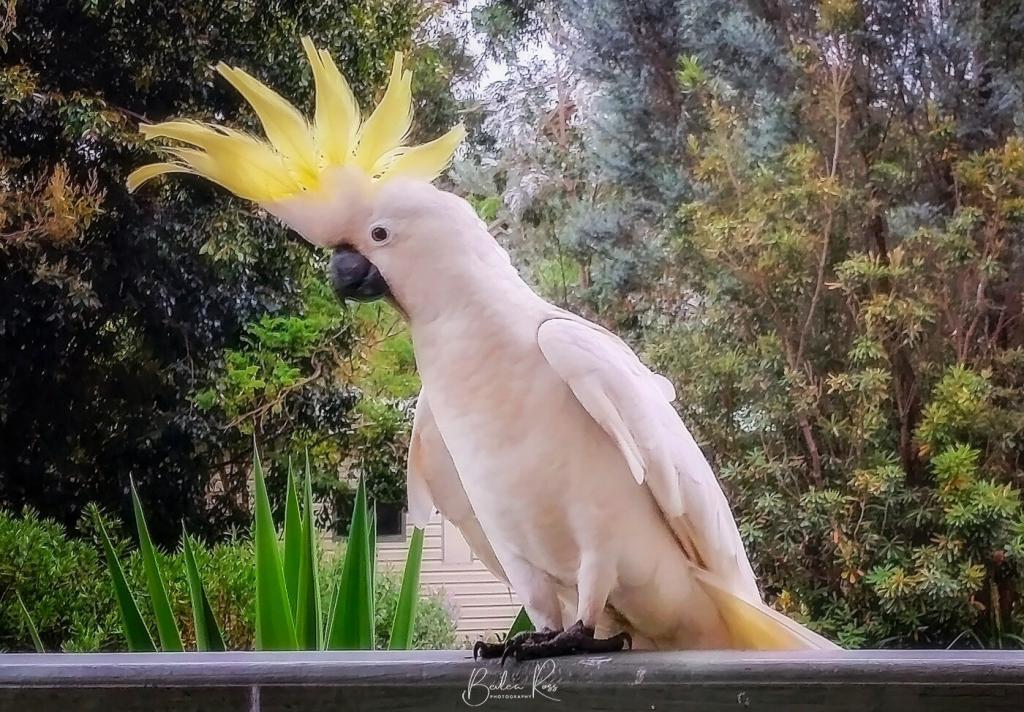
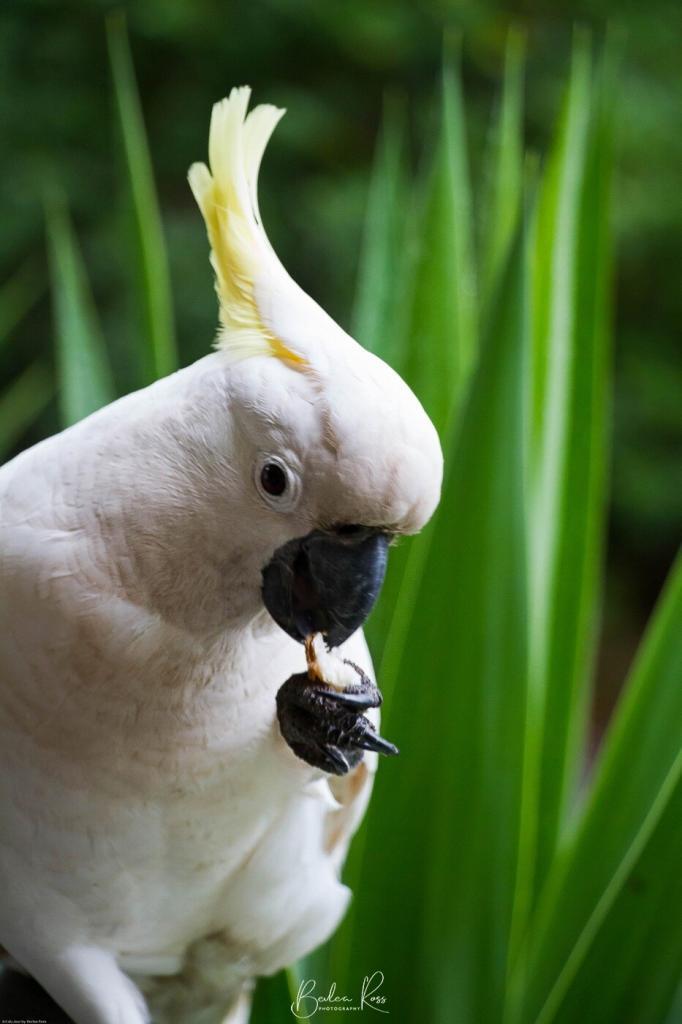
Curious Facts
- Sulphur Crested Cockatoos are ‘left handed’ preferring their left foot over their right
- They mate for life
- In captivity they have a lifespan of around 80 years compared to 20 – 40 yrs in the wild
- The most common and widespread cockatoo in Australia is the Galah
- Their name has its origins in Malay and means ‘vice’ or ‘grip’ because of their very powerful beak
- They pick the bindi eyes from lawns before the weed turns prickly
- City dwelling cockatoos have been known to open the lids on wheelie bins or turn on drinking fountains when they are thirsty
- Cockatoos can mimic the sounds of other animals, including people
- Their strong beaks can crack a macadamia nut
- They are protected species under the Australian Commonwealth Law.
Cockatoo Flocks
Research has shown that up to 100 birds flocks tend to spend their entire life in a 5km radius. They also live in a tight society with birds hanging out in 5 – 20 ‘best mates’ groups.
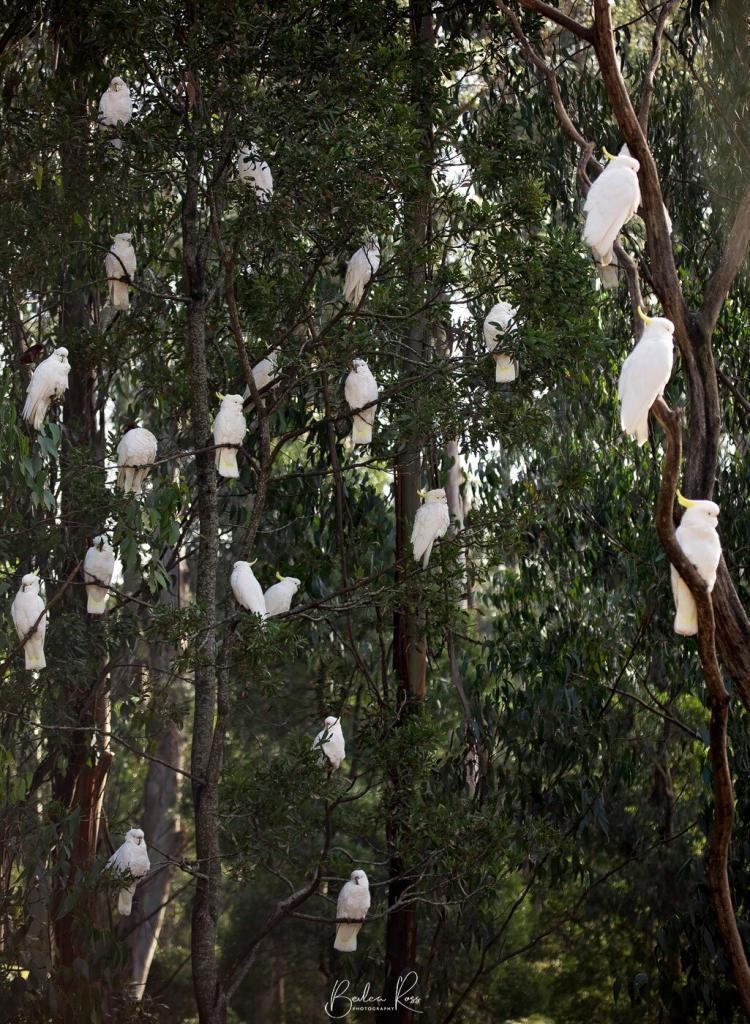
Breeding season
The sulphur-crested cockatoo is a seasonal breeder, breeding from August to January in southern Australia and May to September in Northern Australia. They create nests of wood chips in the hollow of a tree laying two to three eggs. The incubation period lasts 25 – 27 days, and both parents incubate the eggs and raise the nestlings for 9 – 12 weeks. The young fledgelings will then remain with the parents for several months. The birds do not reach sexual maturity until 5 – 6 yrs old.

Predators
As they are also ground foragers, this leaves them vulnerable to predator attack. So their behaviour has evolved as whenever there is a flock feeding on the ground, there are also a few birds up in the tree watching out for danger. if the sentries spot a predator such as a large kite or a snake, they raise their crest and give a harsh, explosive cry of warning, causing the ground feeders to immediately take to the air, squealing and screeching hoarsely until the danger has passed.
